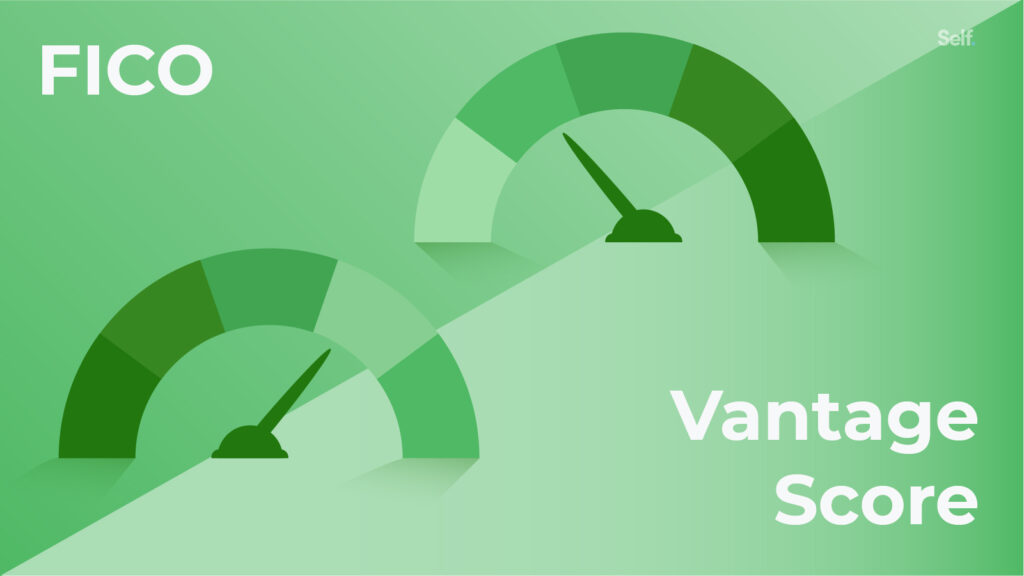October 16, 2023
Categories: Credit Building, Credit Cards, Credit Score, Financial Goals, Financial Literacy, Financial Wellness, Financials 101

By Dawn Kellogg
Credit Scores are a snapshot of your individual credit profile at a specific point in time when the scores are generated. It helps lenders evaluate your financial reliability and the level of risk you pose as a borrower. It also lets credit card issuers, mortgage lenders, property managers, financial institutions, insurance companies, etc. make quicker decisions regarding your credit worthiness without having to go through your entire credit profile. Whenever you apply for a credit card, loan, lease, increase on your credit limit and, in some cases a job, a summary of your credit history, a “credit report,” comes into the picture.
Credit reporting has existed for over 100 years. In the early days, most geographic regions had a local credit agency and when a lender needed a credit report, they contacted the local agency. As things became more automated, local credit agencies were consolidated into three major regional companies. TransUnion served the Central U.S., Equifax served the western part of the country, and Experian managed the south and east. Today, all three exist on a national level.
Most major financial institutions report to the three credit bureaus, although they are not legally obligated to do so. Some lenders may choose to report to one or two of them, and others may not choose to report to any. This means that the information on your credit report can vary between the three bureaus resulting in different credit scores. Although you cannot self-report credit account information to the bureaus, there are types of payments that you can request to have added to your Experian credit history such as rental payments, cellphone, utility, and streaming service payments. Having positive payment histories can ultimately be helpful in your credit scores.
There are two main credit scoring models used to determine your credit score: FICO® and VantageScore®. Both use data obtained from consumer credit reports to generate credit scores. Depending upon which model is being used, data affects scores differently and your credit score could vary between the two models.
Introduced by the Fair Isaac Corporation in 1989, the FICO® scoring model is the most common credit score used by 90% of lenders to make decisions. FICO® is the only credit assessment tool approved for use by government-sponsored lenders like Fannie Mae and Freddy Mac.
A FICO® score is a three-digit number between 300 and 850 that tells lenders and creditors how likely you are to make on-time bill payments. It uses data about consumers’ borrowing and credit use that’s reported to the credit bureaus at the time the scores are generated.
FICO scores and what they mean:
- Less than 580 = “poor” or a risky borrower,
- 580 – 669 = “fair” and may be approved by lenders but will be subject to higher interest rates.
- 670 – 739 = “good,” and are at the national average
- 740 – 799 = “very good” and indicate to a lender that the borrower is low risk and likely to pay off their loan on time.
- Above 800 = “exceptional” and is likely to be approved and offered the most competitive rates and loan terms.
With this data, FICO® scores are calculated based on the following categories with the weight of each category on the overall credit score represented as a percentage: payment history (35%), amount owed (30%), length of credit history (15%), credit mix (10%) and new credit (10%). In order to have a score, FICO® requires consumers to have a tradeline that’s at least six months old, plus a line of credit that’s been active within the last six months.
It’s a good idea to check your FICO® score every so often, and when planning for a larger purchase. Start by reviewing your credit card statements and the provider’s website. Many issuers offer free monthly FICO® scores. For a fee, FICO®’s website also offers a monthly plan that gives you access to FICO® scores, credit reports, identity monitoring, and other services.
VantageScore® was developed in 2006 by the three main credit bureaus. As with FICO® scores, VantageScores® range from 300 to 850, but they are calculated using letter grades instead of numbers with an aim to make it easier for consumers to understand their scores.
VantageScore® groups credit information into six main categories: payment history (extremely influential), age and type of credit (highly influential), percentage of credit limit used (highly influential), total balances and debt (moderately influential), recent credit behavior and inquiries (less influential), available credit (less influential).
While FICO® requires consumers to have a credit account that’s at least 6 months old, VantageScore® incorporates data that reflects patterns of behavior over time which helps consumers who are new to credit or use credit less frequently. VantageScore® scores use data with just one month’s history and can include two years’ worth of spending and credit use data in its calculation. It’s possible to not have a FICO® credit score but have a VantageScore® credit score. Also, financial lulls due to retirement or temporary unemployment won’t affect VantageScore® scores in the same way that it might affect a FICO® score.
Most people want to shop around to get the best deal especially when you are looking to get a major loan, such as a car loan, so inquiring about your credit score makes sense. These inquiries, however, can affect your overall credit score depending upon the type of inquiry. Soft inquiries are reviews of your file that don’t affect your credit scores such as requesting your own credit reports, or lenders looking at them to qualify you for a prescreening offer. Hard inquiries, when lenders look at your file after you apply for loans or credit such as student loans, credit cards and mortgages, will generally affect your credit scores.
To minimize the impact that shopping for credit can have on your scores, some versions of FICO® count multiple credit inquiries of the same type within a 45-day period as a single inquiry. For some older FICO® versions, the single-inquiry period can be 14 days. VantageScore® counts multiple inquiries, even for different types of loans, within a 14-day period as a single inquiry. Multiple inquiries on your reports for the same type of loan or credit, spanning more than a 14-day period, may have a greater impact on your VantageScore® credit scores than to your FICO® scores. Mortgage inquiries within a 45-day period are recorded as a single hard inquiry according to the Consumer Financial Protection Bureau.
So how does all this information help you? It’s great to be aware of and know how your data is used to generate a credit score, but there’s no need to overcomplicate things as long as you manage your credit according to the FICO® and VantageScore® categories. That will help you stay on track and work your way to a good credit score.
